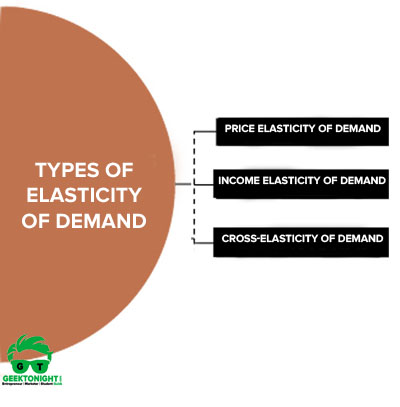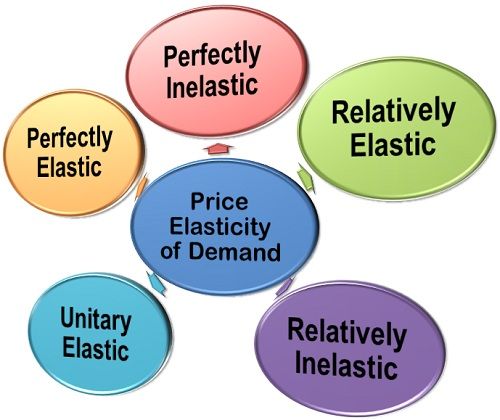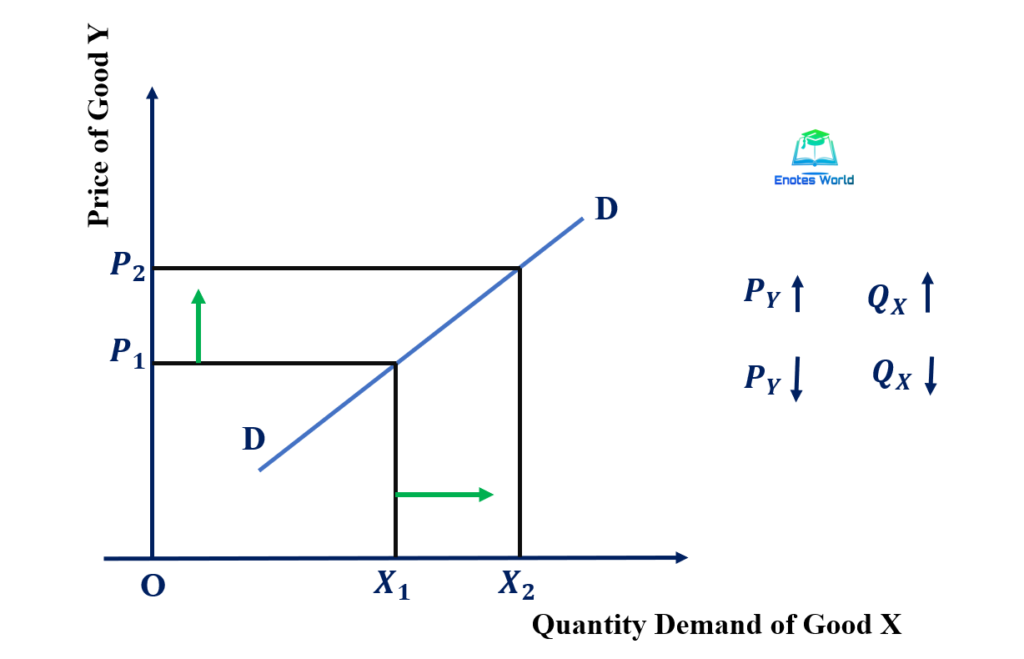Elasticity of demand refers to the responsiveness of quantity demanded to a change in one of its determinants, such as price. It is a measure of how sensitive consumers are to changes in the price of a product or service. There are several types of elasticity of demand, including price elasticity of demand, income elasticity of demand, and cross elasticity of demand.
Price elasticity of demand measures the responsiveness of quantity demanded to a change in price. If the quantity demanded is highly sensitive to changes in price, the demand is said to be elastic. On the other hand, if the quantity demanded is relatively insensitive to changes in price, the demand is said to be inelastic.
Income elasticity of demand measures the responsiveness of quantity demanded to a change in income. If the quantity demanded increases significantly as income increases, the demand is said to be income elastic. If the quantity demanded does not change significantly as income increases, the demand is said to be income inelastic.
Cross elasticity of demand measures the responsiveness of quantity demanded for one product to a change in the price of another product. For example, if the demand for apples increases significantly when the price of oranges increases, the cross elasticity of demand between apples and oranges is positive. If the demand for apples decreases when the price of oranges increases, the cross elasticity of demand is negative.
Elasticity of demand is an important concept in economics because it helps to understand how consumers behave in response to changes in price and other factors. It also plays a role in determining the optimal pricing strategy for a product or service. For example, if the demand for a product is elastic, a company may choose to lower the price in order to increase quantity sold and total revenue. On the other hand, if the demand is inelastic, the company may choose to raise the price in order to increase total revenue.
In conclusion, elasticity of demand is the measure of how sensitive the quantity demanded is to changes in price and other factors. There are several types of elasticity of demand, including price elasticity of demand, income elasticity of demand, and cross elasticity of demand. Understanding elasticity of demand is important for businesses when setting prices and for policymakers when making decisions about taxes and subsidies.









